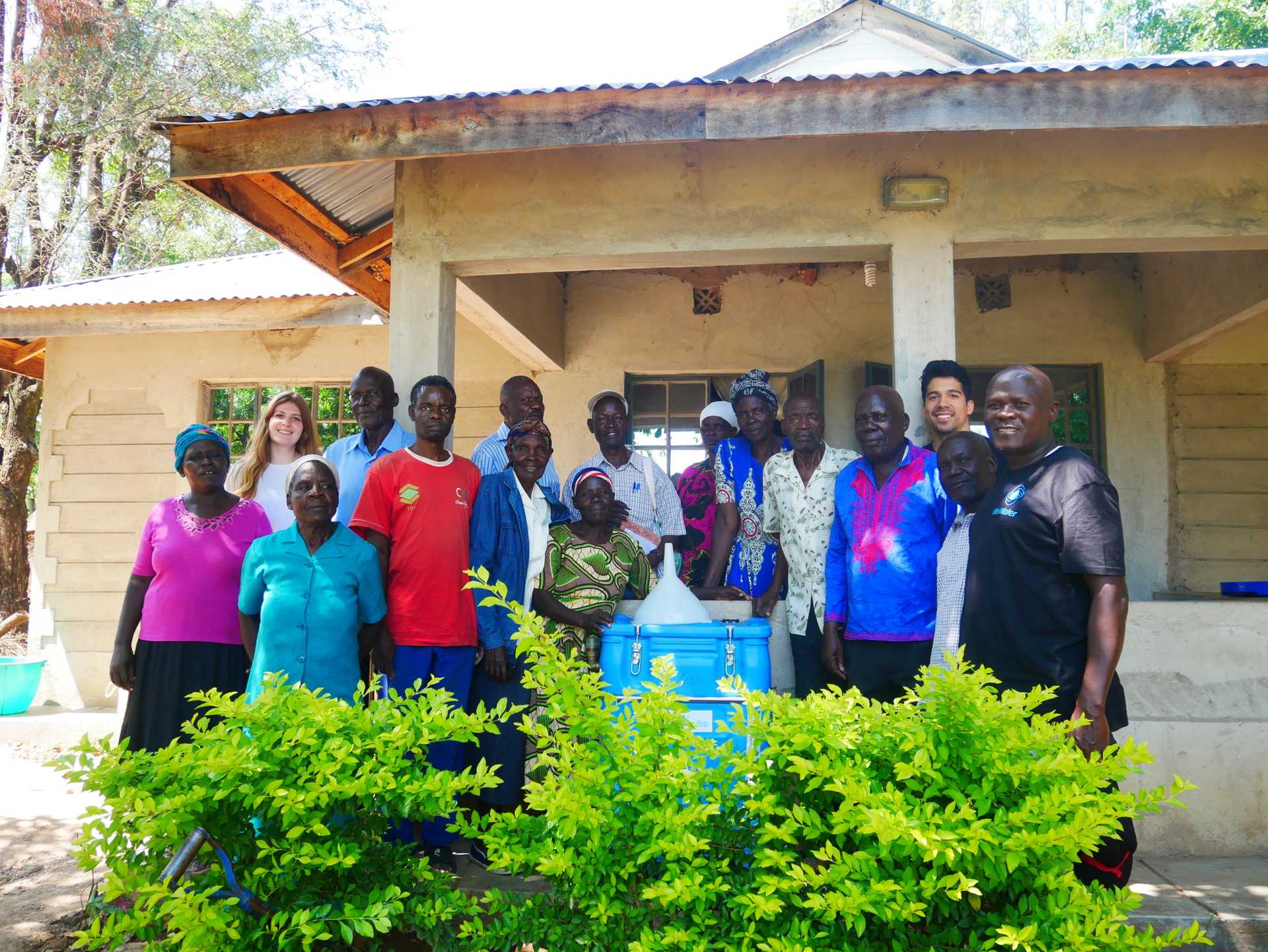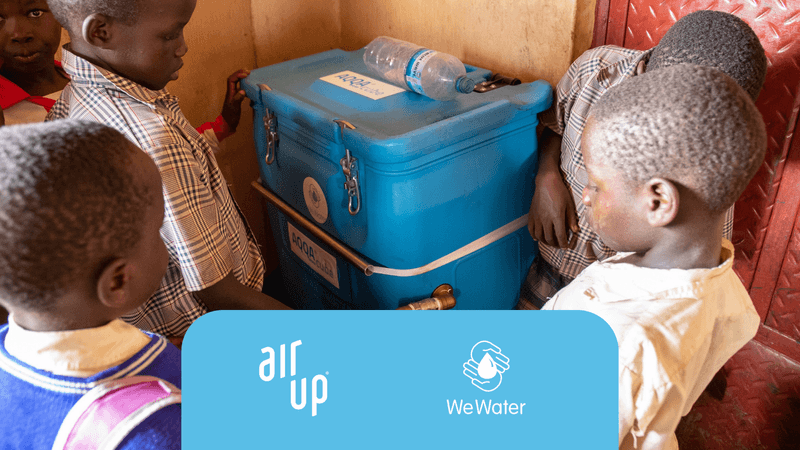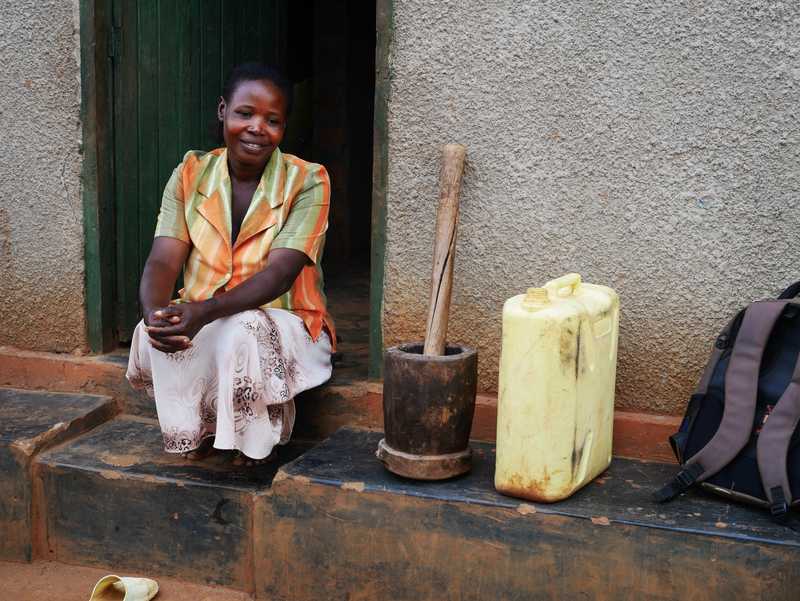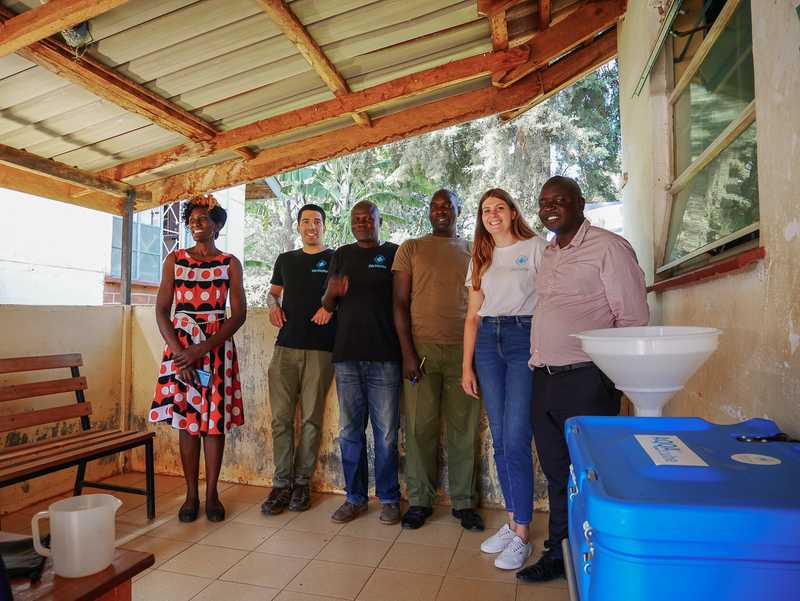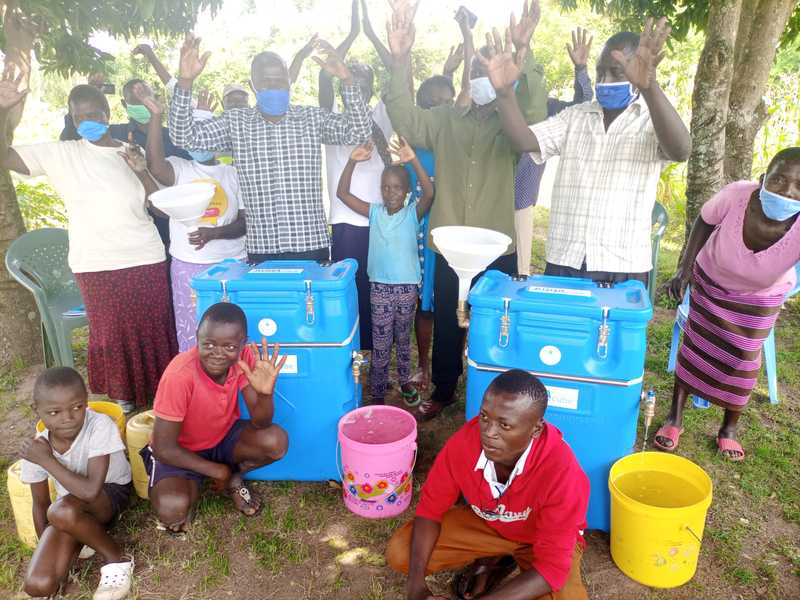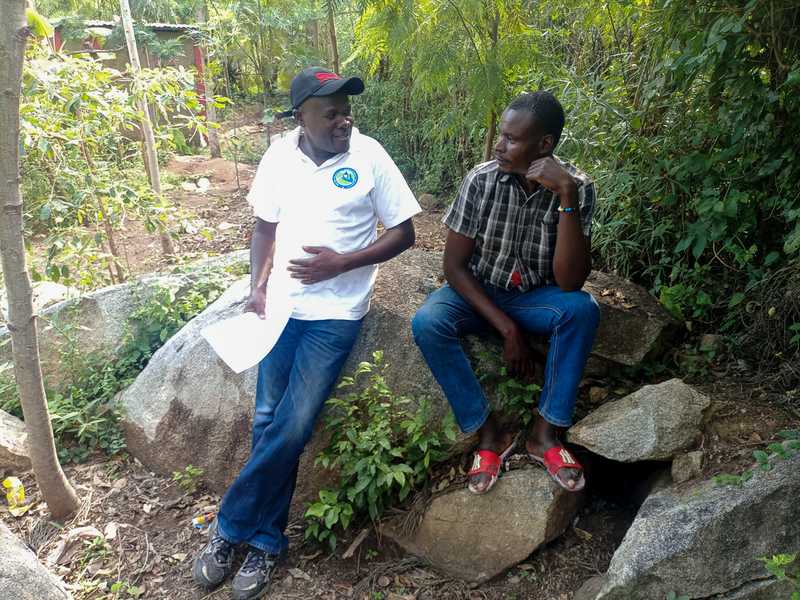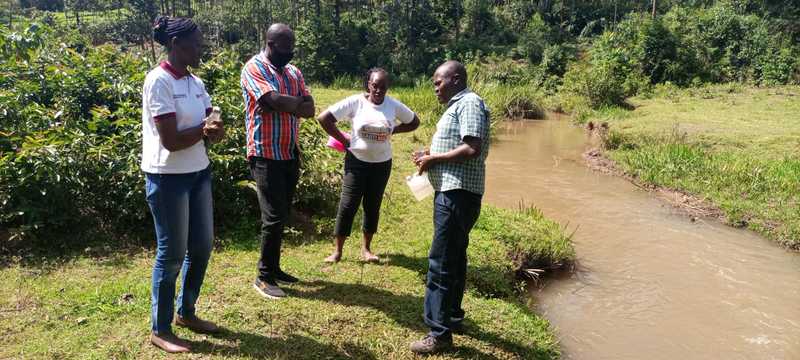Project Details
Kabondo, Kabonyo and Bur-Lowo, Kenya
Kenya
Rainwater tanks for the communities in Kabondo, Kabonyo, and Bur-Lowo
Donation of 3 rainwater tanks for approximately 8,000 people to expand drinking water sources
The people of the communities draw water from contaminated water sources
The Project
Local Situation
Following our successful efforts in Gangra and Kamuga, we are now turning our attention to three more communities urgently in need of our support: Kabonyo, Kabondo, and Bur Lowo. Here, thousands of people are struggling with water scarcity and poor water quality, which has far-reaching consequences for health, hygiene, and daily life.
Kabonyo: When the Water Turns Salty
- Location and Population: Kabonyo is a community of 2,660 people who rely on natural springs and seasonal rivers.
- The Problems: The biggest challenge in Kabonyo is the quality and availability of water during the dry season. The limited sources not only lead to water shortages during this period, but the remaining water also becomes saltier, significantly degrading its quality. Residents are then forced to find alternative means and must travel up to 2 kilometers to the lake each day to fetch water. This tedious journey consumes valuable time and energy that could be used for education or productive work.
Kabondo: The Fight Against Murky Water
- Location and Population: Kabondo is home to 2,880 people, whose water supply mainly comes from water holes and a seasonal river with ponds.
- The Problems: The quality of water in Kabondo is severely affected by multiple factors. The collected pond water is inherently of poor quality. Additionally, there's a serious issue of livestock urinating in the river, further contaminating the water. Severe soil erosion also makes the water extremely cloudy. This not only makes it undrinkable but also poses significant health risks. The population suffers from diseases caused by the consumption of this contaminated water.
Bur Lowo: A Lake Shared with Livestock
- Location and Population: With 3,255 people, Bur Lowo is the largest of the three communities and gets its water from a lake and various water holes.
- The Problems: Here too, poor water quality and water scarcity are major issues. Residents also have difficult access to water points. A particularly concerning situation is that a single water pan is used by both humans and livestock. This shared use directly causes the spread of waterborne diseases, as feces and other contaminants pollute the water. The lack of separate access for people and animals poses a serious health threat.
Our Vision for Kabonyo, Kabondo and Bur Lowo:
The situation in Kabonyo, Kabondo, and Bur Lowo requires urgent action. Our goal is to implement targeted projects to ensure access to clean and safe drinking water for all residents. This includes:
- Clean Water Sources: Development and protection of sustainable water sources that provide good quality even during dry periods.
- Infrastructure Improvements: Construction of wells, filtration systems, and rainwater harvesting facilities.
- Separate Water Access: Creation of separate water points for humans and animals to prevent contamination.
- Education and Hygiene: Community education on hygiene practices and safe water handling.
Testimonial
The installation of the tanks has significantly improved life for the people in the communities. The main benefits include:
Health Improvement
- Before the tanks were installed, people often suffered from waterborne diseases such as typhoid, diarrhea, and amoebic dysentery.
- Access to clean water has significantly reduced the prevalence of these diseases.
- Families now spend less money on medicine and treatments and can use these funds for food, education, clothing, and improving their homes.
Cost Savings
- Previously, people had to buy clean drinking water from vendors or shops.
- With the tanks, communities can collect rainwater, saving them the cost of purchasing water. This means significant financial relief.
Time Savings and Increased Productivity
- Previously, people had to travel long distances to fetch water from rivers, lakes, water holes, or boreholes.
- Thanks to the tanks, they now spend only a few minutes collecting clean water.
- This time savings allows children to attend school regularly, and adults to spend more time on household chores, work, and farming activities, improving the communities’ livelihoods.
Community Experiences
The impact of the tanks on the communities has been consistently positive:
- Children have more time for their schoolwork, as they spend less time fetching water.
- Parents are happy about the financial relief, as they no longer need to buy water and can invest the money in better meals, clothing, and household improvements.
- Health and productivity improve, as people are less sick and can use their resources elsewhere.
- Women benefit especially, as they now have more time for household and other activities.
Invest in a future with clean water for everyone.
With your support, we can sustainably improve the lives of these people and offer them a healthy future with access to clean water. Every donation counts and brings us closer to our goal of securing the livelihoods of these communities.
Donations
Urgent Need for Additional Water Tanks
Despite the positive results, there remains a great need for additional water tanks:
Challenges of Water Supply in Kenya
- Access to clean water remains a major challenge. Many water sources are polluted and far away, such as seasonal rivers, lakes with undrinkable water, and water holes with high turbidity.
- By providing water tanks, unused rainwater could be efficiently stored and used as clean drinking water. This would prevent disease and save time and money.
Complement to Existing Solutions
- AQQACubes, provided by WeWater, effectively purify contaminated water. However, they reach their limits when the water is very turbid, which strains the membranes and requires frequent maintenance.
- Rainwater storage could reduce this burden and provide clean water more efficiently.
Year-Round Water Supply
The tanks can store water for dry periods, when access to drinking water is limited and water prices from vendors skyrocket.
WeWater gUG
Bank für Sozialwirtschaft
IBAN: DE90 3702 0500 0001 6026 01
BIC-/SWIFT: BFSWDE33XXX
Please include your full name and the purpose of your donation (Water Filter Kenya).
Costs
Our projected costs for this project are as follows:
Approx. €3,540.00 – 3 rainwater tanks + construction
Impressions
Sustainability
The sustainability of our work on this project is ensured through three key points:
- Training (handling of the tanks and hygiene)
- Protection of the tanks
- Long-term project monitoring
People on site are trained in how to handle the tanks. They are familiarized with the technology.
In addition, people are trained in water hygiene to make effective use of the new water collection systems.
The monitoring of the project is carried out by our Community Manager Tomkin. He lives nearby in Kenya.
